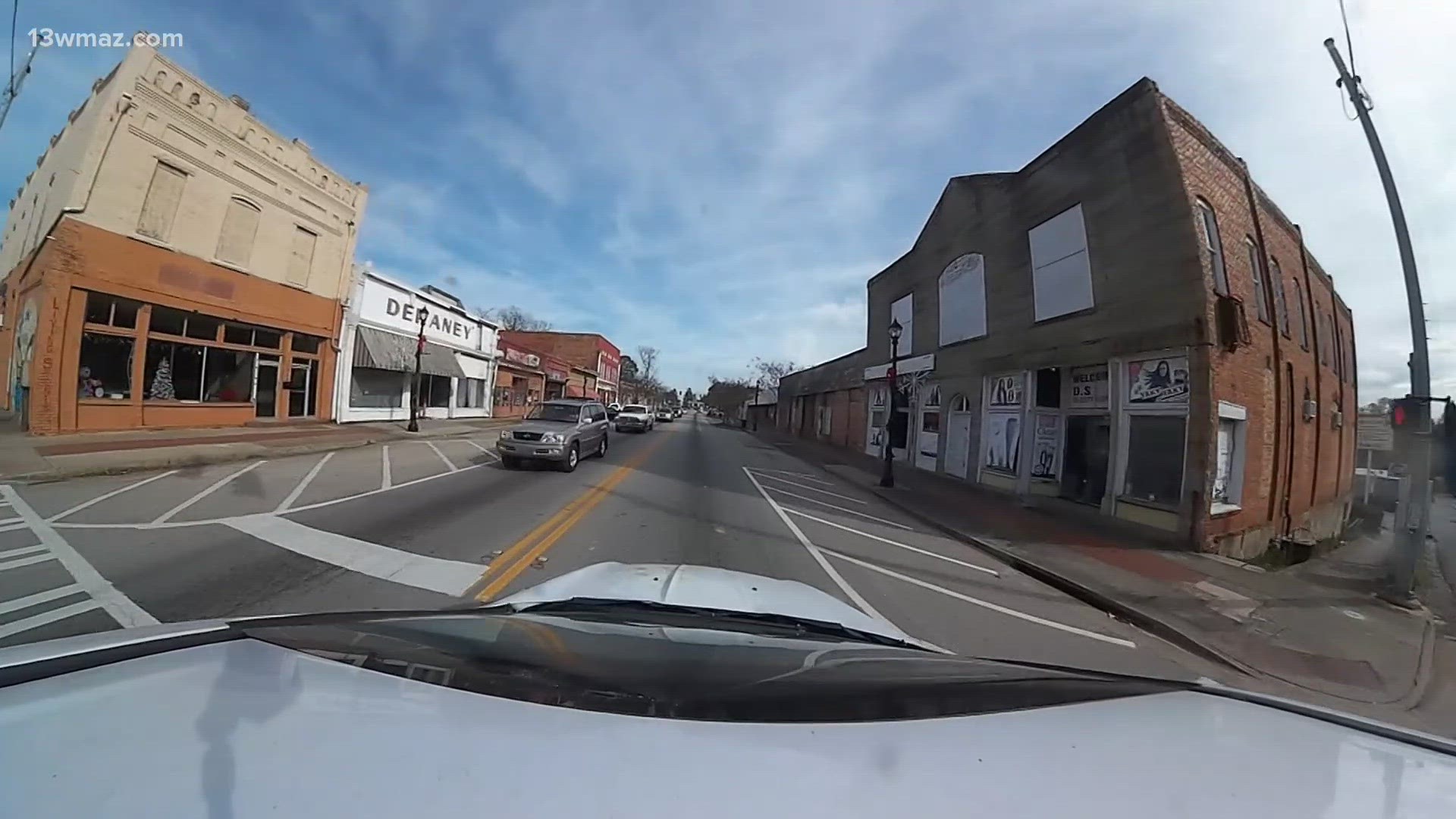SPARTA, Ga. — Sparta, in Hancock County, is one of the poorest areas of the state. Their median income is only about $22,000.
The downtown reflects some of that poverty. But some two-by-fours and red paint are giving folks new economic hope.
“Let’s just be honest, it's a nice look for the city because they have so many things downtown that don't look as pleasant as they used to,” Victor Watts said.
Watts is accurate when he says things don't look so pleasant. Only about 50% of the buildings along Broad Street are open and ready for customers.
“Hancock County in 1850 was the wealthiest in the state. And now, of course, we are among the poorest but we are making a comeback,” Mayor Allen Haywood said.
He can see two new buildings practically from his office at City Hall. Haywood worked with county commission Chair Sistie Hudson to create two incubator spots.
“Sparta is the dead center of Hancock County and we are twenty miles from everywhere, Sandersville, Milledgeville Greensville,” Haywood said.
Downtown, in some ways, reflects the population. 45% of folks in Sparta live in poverty.
City leaders hope geography and a new attitude on luring entrepreneurs can pay off.
Haywood says when people come into town those buildings are some of the first things people see.
“Let's be honest that's how we buy into things. How do they look to us, make us feel better and look better," Watts said.
Now, those two buildings across the street cost the county commission about $30,000 a piece to get them up and going.
The county manager says they do have plans for the buildings. They will put it in the budget to buy more buildings and bring them back to life along Main Street.
Many people have inquired about the incubator spots and want to move in. The county commission will figure out who will get the space.
As for those buildings, they're pretty historic and Sistie Hudson is responsible for saving them. They both date back to the early 1900's.
Back in the day, one of the spaces was a library.

